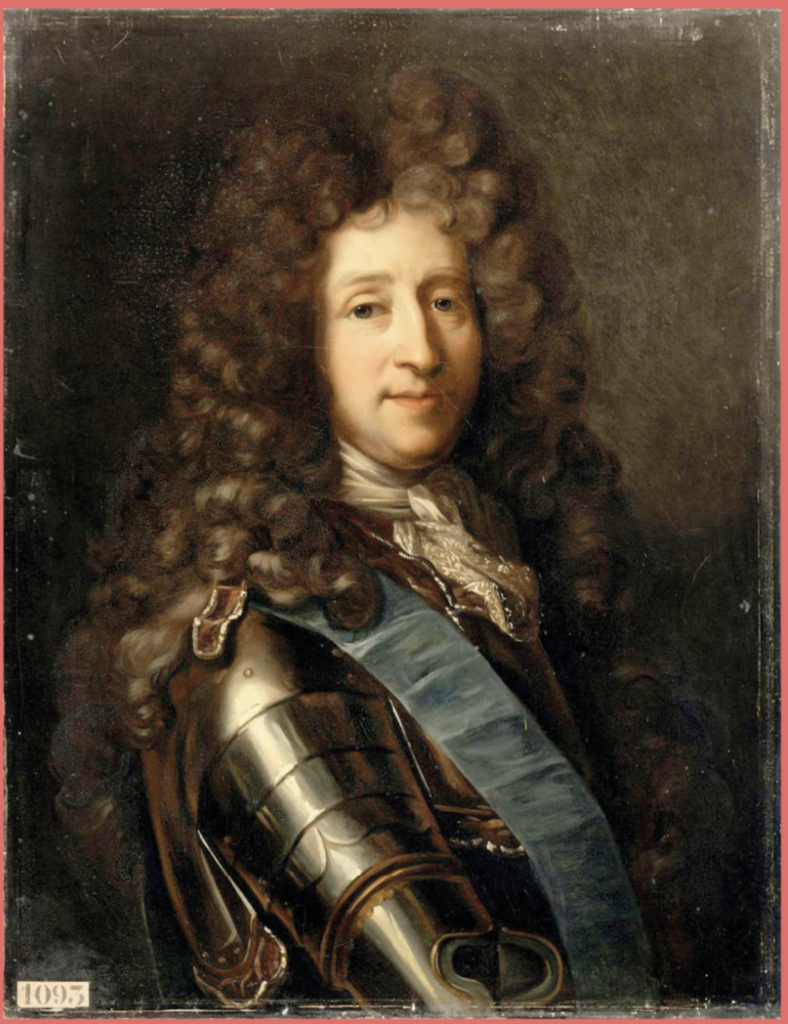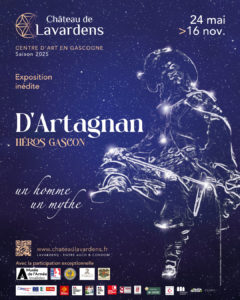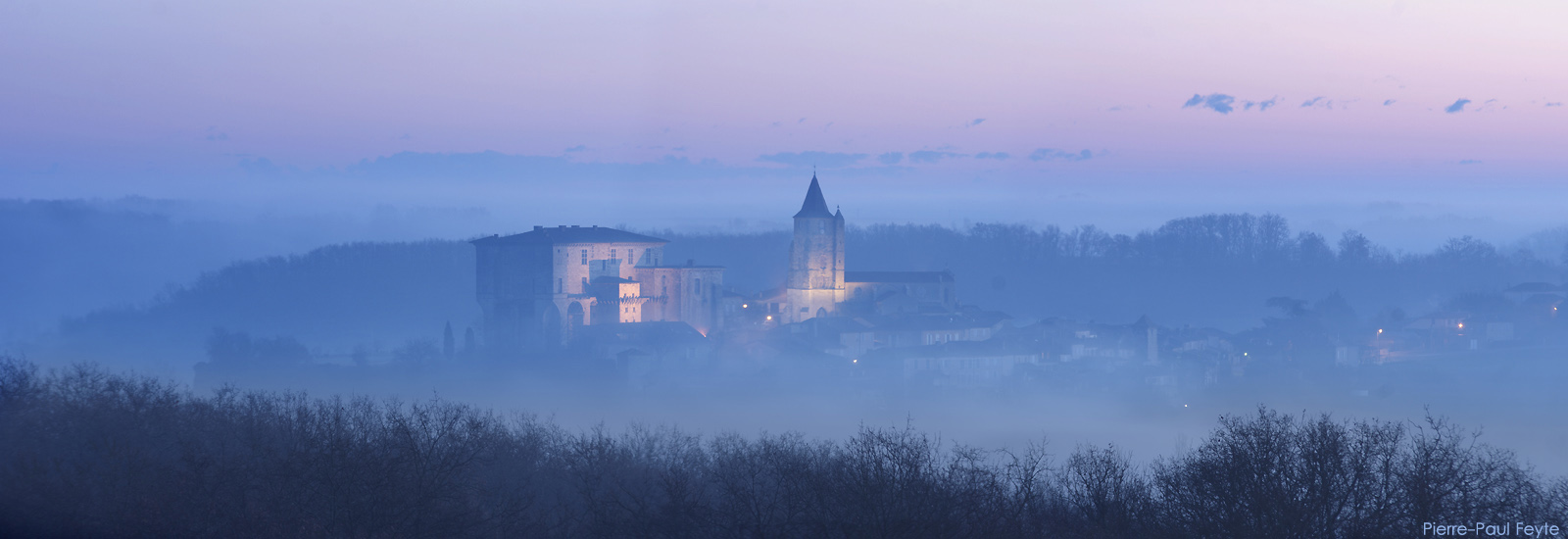Throughout the history of the Musketeers several officers bore the name d’Artagnan—or Artaignan, as it was sometimes spelled at the time. Charles was born between 1610 and 1615 at the Château de Castelmore, the fourth of seven siblings.
On 12 May 1565 Arnaud de Batz, a wealthy merchant living in Lupiac, Gascony, acquired the Château de Castelmore and the manor of La Plagne. He had two sons.
Bertrand inherited Castelmore, while Pierre received La Plagne. Bertrand had no legitimate heirs and chose as his successor his nephew Bertrand II, Pierre’s eldest son. Upon Bertrand’s death in late 1607 Bertrand II de Batz became Lord of Castelmore. This rise in landownership and social standing made him a suitable match for the future Charles’s mother.
Her name was Françoise de Montesquiou d’Artagnan, a member of the prestigious Montesquiou family—an ancient noble lineage, one branch of which held the lordship of Artagnan in Bigorre.
The Montesquiou family counted many influential figures, including Henry de Montesquiou, who was responsible for organizing the royal marriage of Louis XIV and Maria Theresa of Spain, and Jean I de Montesquiou d’Artagnan, who served in the French Guards regiment.
From de Batz to d’Artagnan
Thanks to his maternal family’s connections and support from the Gascon network, Charles de Batz was introduced at court under Louis XIII. The king himself is said to have suggested he adopt the name d’Artagnan in tribute to his maternal uncle, Jean de Montesquiou d’Artagnan, who was killed during the Siege of La Rochelle. Jean had been the first in the family to join the Musketeers.
Notorious for his frequent duels—despite the practice being illegal—Jean de Montesquiou was never punished, unlike many others who faced execution. His close relationship with Louis XIII earned him royal indulgence and deep personal esteem.
Dumas’ World
Contrary to the writings of Courtilz de Sandras and the liberties taken by Alexandre Dumas, d’Artagnan was born not in Tarbes or Béarn but firmly in Gascony.
Paul de Batz de Castelmore (c. 1609–1704)
Paul was the eldest of seven children born to Bertrand II de Batz de Castelmore and Françoise de Montesquiou d’Artagnan. According to contemporary accounts, he was born in 1609 or 1610 and began his military career in the early 1630s.
He first served in the Auterive Regiment before joining the Musketeers (his name appears in the records from 1637 and 1640). The king later promoted him to lieutenant in the French Guards. Paul took part in the defense of Piedmont and was seriously wounded while leading a charge during the Siege of Turin (1640). He had barely recovered when he was sent to Flanders. He likely left military service in 1646, when the Musketeers were disbanded, and sold his captain’s commission in the Guards Regiment.
Returning to Gascony he inherited the family estate, now dilapidated and in debt. Though retired from active military life, he continued to serve the Crown: first as governor of the Fort of Brégançon, then on 12 May 1667 as governor of the citadel of Navarrenx.
In 1702 the de Batz de Castelmore family was accused of « usurping noble titles. » On January 15 Paul was condemned by the intendant of the généralité of Montauban. In response he appealed directly to Louis XIV, citing both his own service and that of his brother. He recalled his loyalty, the wound sustained at Turin and his lack of heirs, and pleaded for the king’s clemency.
Touched by Paul’s loyalty and long service, Louis XIV ordered the intendant to suspend all proceedings. Paul de Castelmore died two years later on 23 May 1704 at around 95 years of age—although the record of his death incorrectly showed his age as 101.





 dernier accès à la billetterie 1 heure avant la fermeture (afin de vous laisser un temps de visite confortable).
dernier accès à la billetterie 1 heure avant la fermeture (afin de vous laisser un temps de visite confortable).